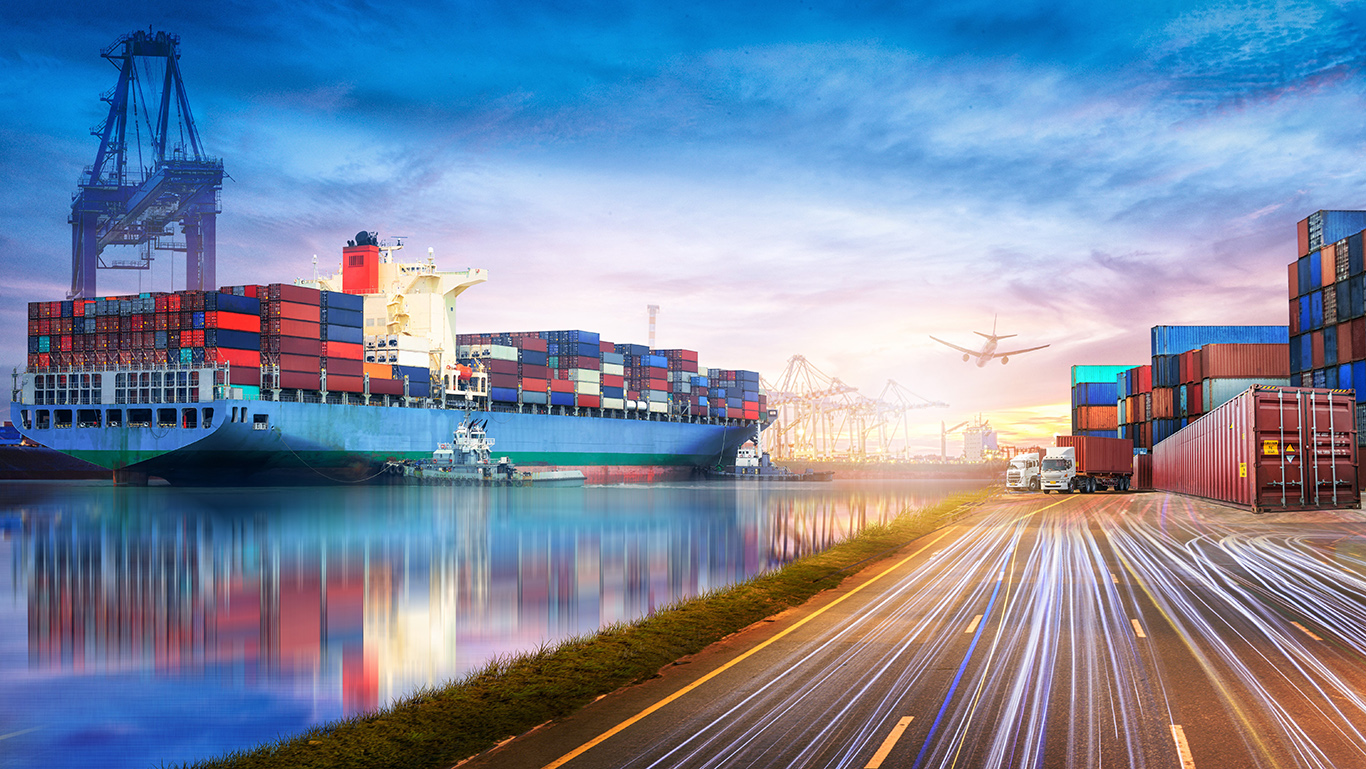Cold chain services improve lives—making the delivery of vaccines possible, ensuring that food doesn’t spoil from farm to table, and providing the opportunity for both developed and developing countries to grow their economies.
Cold chain services are vital to the global supply chain, preventing billions of dollars in food waste1, aiding in the distribution of vaccines, and allowing a wider variety and greater amount of goods to be shipped over longer distances. The cold chain can be divided into three main categories: temperature-controlled storage, such as refrigerated warehouses; cold chain logistics and transport, such as refrigerated trucks, railcars, cargo ships, and air cargo; and refrigerated packaging methods. Effective coordination and seamless transitions between these sectors are essential to maintain the integrity of temperature-sensitive goods.
Recent technological advancements and the modernization of the transportation industry in the past half century have significantly improved the economic viability of the cold chain, allowing small and medium-sized enterprises to ship perishable goods around the globe. The United States has a competitive advantage due to its advanced logistics technology and management services. COVID-19 has brought heightened awareness to this industry, as consumers experienced empty freezer shelves and limited produce in grocery stores early in the pandemic. The general public’s level of understanding of the cold chain industry’s crucial role in the distribution of vaccines has also expanded. Moreover, the pandemic prompted a change to the way consumers shop for food and beverages, with the product category ranking as the fastest growing e-commerce category in 2020. As these trends progress, and as pharmaceutical companies continue to rely heavily on temperature-controlled transport for testing, production, and movement of drugs, the significance of the cold chain will only increase.
The Office of Supply Chain, Professional, and Business Services (OSCPBS) works to address policy and foreign regulatory issues to strengthen the global competitiveness of U.S. cold chain services abroad. This latest report will focus on the recent challenges and developments occurring within the cold chain sector amidst the COVID-19 pandemic, including a look at pharmaceuticals, agriculture, and international cold chain development.
Note: This report was compiled with support from William Bradshaw, intern for OSCPBS in Spring 2022.
1United States Environmental Protection Agency, “From Farm to Kitchen: The Environmental Impacts of U.S. Food Waste,” November 2021.
